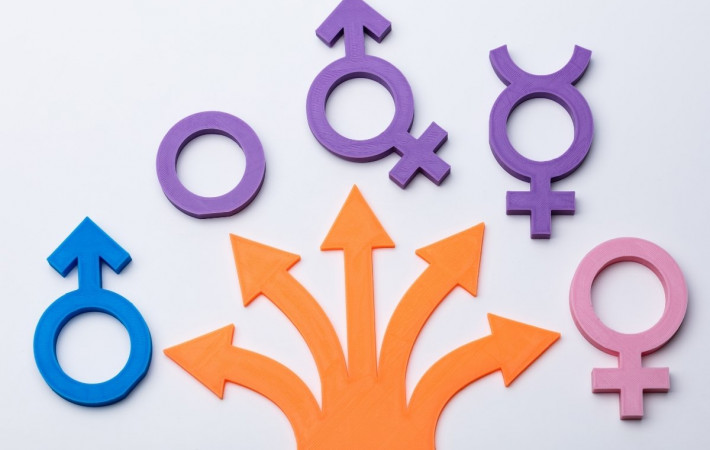25 April 2022
EHRC guidance - separate and single sex services


The Equality and Human Rights Commission has issued guidance for businesses operating separate or single sex services and how to approach trans people’s (people who have the protected characteristic of gender reassignment) use of that service.
The guidance looks at the Equality Act 2010 and how it impacts on the provision of single sex or sex-separated services. The Equality Act allows separate-sex and single-sex services in certain circumstances. Separate-sex services can be provided where a combined service would not be as effective, such as separate homeless hostels for men and women.
Single sex services can be provided in certain scenarios, for example when only one sex requires the service (such as cervical cancer screening for women), where joint provision is provided but is not on its own sufficient (for example a fathers’ support group in a nursery, where attendance at a joint group is too low), or where the service may be used by more than one person and where a woman may object to the presence of a man or vice versa (for example single sex hospital wards and changing rooms in clothes shops). Limiting the service on the basis of sex must be a proportionate way of achieving a legitimate aim. The guidance lists privacy, decency, preventing trauma and the protection of health and safety as potential legitimate aims.
The guidance goes on to address how service providers should approach trans people’s access to those separate or single sex services. The approach must be a proportionate way of achieving a legitimate aim, by balancing the impact of single or separate sex services on all service users. The guidance gives the example of a group counselling session for female victims of sexual assault which does not allow trans women to attend because clients may be traumatised by the presence of a person who is biologically male.
A gym with communal single-sex changing rooms may decide to introduce additional gender-neutral facilities with separate cubicles if there is a concern about the safety and dignity of trans men changing in an open-plan changing room. A café with limited space, and single-sex toilet facilities, may decide to make both toilets gender-neutral to maximise space and inclusivity. The guidance gives other useful examples that can be applied in practice in a variety of services.
The guidance advises service providers to treat everyone with dignity and respect. Service providers should also remember that trans people may need to access services relating to their biological sex (for example a trans man may need to access cervical smear services). The guidance advises engagement with trans people in order to enable them to access whatever services are required to meet their needs. The guidance recommends that a policy is drawn up to help manage access to the service whilst remembering that some scenarios may require a service provider to depart from normal policy. Decision making should also be recorded.
Read the full guidance on their website: www.equalityhumanrights.com. Alternatively, if you have any questions, please contact Oliver Tasker.

Contact Oliver to discuss this further.